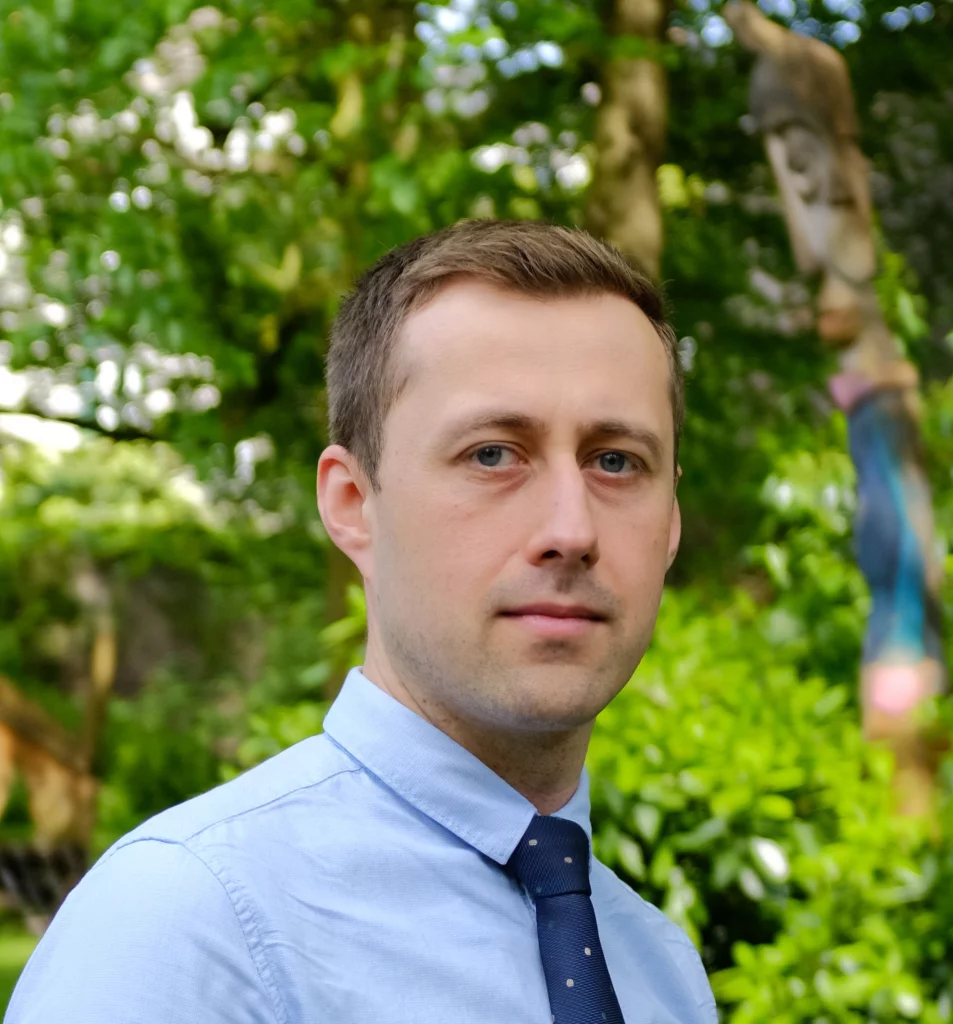Profile

- PhD candidate in Bioscience Engineering specialising in computer vision, statistical modelling, and machine learning for behaviour inference and pharmaceutical quality control.
- Built pipelines for detecting agonistic interactions and deriving social hierarchies from videos and pairwise data; applied deep learning for automated inspection with sub-second inference.
- Integrates computer vision with mathematical/statistical modelling to convert big data into reliable pairwise interpretations and quality-control signals.
- Delivers validated, deployable analyses in academic and industrial settings.
Technical skills
- Languages: Python; C and C++; Julia; R; Java; Bash; SAS
- ML & CV: PyTorch; torchvision; YOLO family; OpenCV; scikit-learn; Hugging Face Transformers
- Data & Tools: SQL; Git; Linux; Docker; NumPy; pandas; CUDA
- Geospatial: QGIS; ArcGIS; GeoPandas
Education
Ghent University
PhD in Bioscience Engineering: Mathematical Modelling
2021 to 2025 (ongoing)
Research in computer vision, machine learning and mathematical modelling for behaviour inference.
AI-driven techniques for pharmaceutical quality control.
Thesis: Understanding Hierarchy Formation in Animal Groups through Probabilistic Modelling and Computer Vision
- Supervisors: Jan Verwaeren (BIOVISM); Bernard De Baets (KERMIT); Frank Tuyttens (ILVO)
- Expected defense: December 2025 - January 2026
KU Leuven
MSc in Statistics and Data Science (Magna Cum Laude)
2019 to 2021
European Master in Official Statistics (EMOS).
Training in machine learning, time series,
inference, statistical modelling, and GIS.
Arizona State University, Tempe
BSE in Engineering Management (Summa Cum Laude)
2013 to 2017
Specialised in Business Analytics.
Awarded the Moeur Award for exceptional
academic achievement.
Experience
Euthority Project
Text Mining and Machine Learning
2019 to 2021
- Scraped and normalised domestic and supranational court documents; built a reproducible pipeline.
- Trained legal-text classifiers, results reported in a peer-reviewed article (SSRN: 10.2139/ssrn.3734430).
- Evaluated and deployed large language models (LLMs) for document classification.
Flemish Statistical Authority
Data Specialist Intern
2020
- Analysed large-scale business website data; applied NLP to derive cost-effective innovation indicators.
- Developed classifiers for business innovation estimators achieved 0.9 F1-score on held-out data.
Eurostat Coding Labs
Data Analyst Intern
2020
- Developed a spatial model to predict population distribution using mobile network operator data for Belgium.
- Outperformed baseline grid estimates, confirmed through cross-validation and map-based validation.
Özel Fittings Ltd.
Project Management Specialist
2017 to 2018
- Led customer satisfaction initiatives across the distribution network
- Optimised the distribution network and cost-to-serve model, cutting handling steps and routes.
Arizona State University, Admission Services
Student Assistant
2013 to 2014
- Processed student records with attention to confidentiality and GDPR-like safeguards.
- Authored SOP updates that reduced response time.
Publications
-
AniDomNet: A sequential pairwise model for inferring dynamic animal dominance hierarchies
-
Quantifying agonistic interactions between group-housed animals using computer vision
-
Automated particle inspection of continuously freeze-dried products using computer vision
-
A deep learning approach to perform defect classification of freeze-dried products
-
Cage enrichment to minimise aggression in part-time group-housed female breeding rabbits
Awards
- 2017 Moeur Award, Arizona State University.
- 2022 BOF Scholarship, Ghent University.
Certifications
- 2017 Lean Green Belt.
- 2017 Six Sigma Green Belt.
- 2022 Alibaba Cloud Computing Associate (ACA).
Languages
- Turkish: native (CEFR equivalent C2)
- English: C1 (CEFR)
- Dutch: A2 (CEFR)
- Chinese: A2 (CEFR)